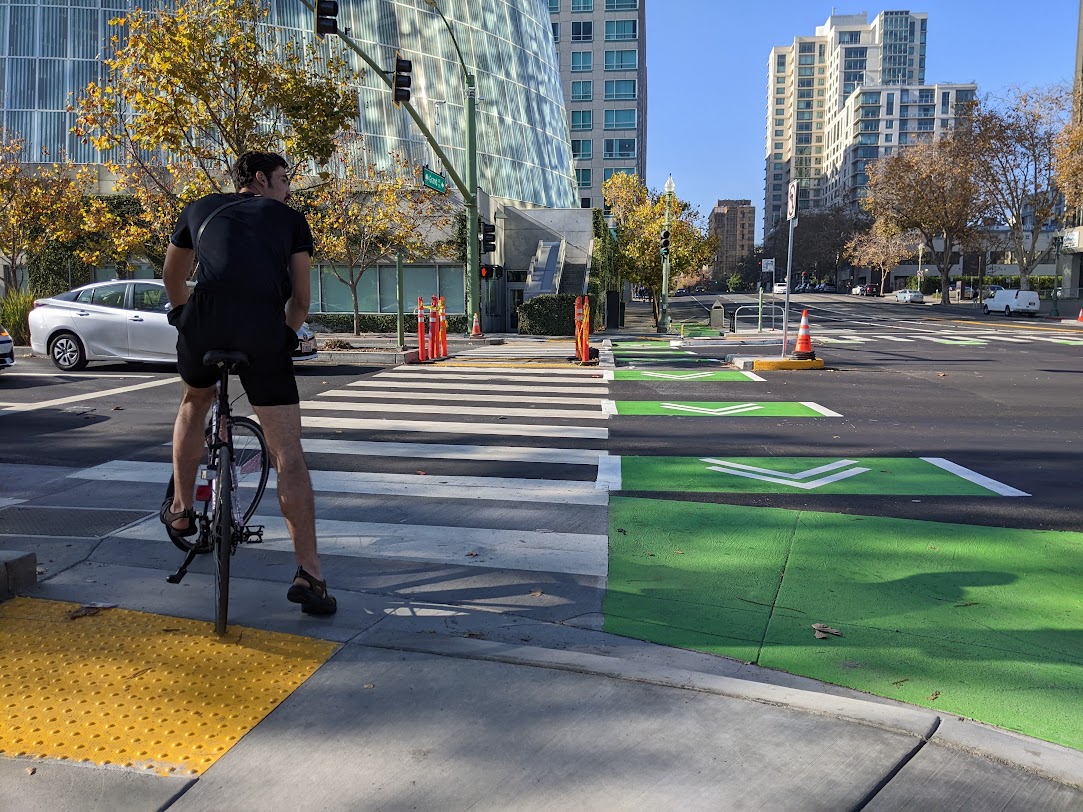From 2018 to 2025, Boris Lipkin was the Northern California Regional Director for the California High-Speed Rail Authority (CHSRA), leading development for 160 miles of the system between San Francisco and Merced Counties. That makes him uniquely qualified to understand why the system has gone so over budget. That's why he authored the paper Learning from California: Lessons Drawn from California High-Speed Rail for Other Large Infrastructure Projects, published Thursday by the Mineta Transportation Institute at San Jose State. From the report:
The CHSRA planned out a route for the system and made a series of key decisions (such as what technology to use) before putting its plans before the voters of California for approval in 2008 through Proposition 1A. The voters approved the project with 53% of the vote, allocated $9 billion through general obligation bonds to begin development and construction, and included a series of requirements for the system’s design and how those funds would be used (more on this later in the paper). Construction broke ground in the Central Valley in 2015.
The idea was to model the project on the French TGV between Paris and Lyon, completed in the 1980s. However, the French didn't have to contend with America's political swings: over there, rail construction projects don't get funded and de-funded every few years depending on who is in power. That means in the U.S., construction can only be planned in two-year spurts, in those rare instances when the Democrats control the purse strings. And even then, it gets mired in parochial politics at the state level. More from the study:
...uncertainty of funding creates an added layer of complexity that project sponsors have to wrestle with. Every choice to move part of the project forward has to prove that it’s the best use of a limited amount of resources and every prioritization exercise involves finding the balance between the top priority and the other priorities that the project sponsor has.
This was further compounded by the California State Environmental Quality Act. As Lipkin explains in the paper:

Each time that CHSRA would develop a range of alternatives, the community, stakeholders, and/or project partners, would identify a new alternative that they would ask CHSRA to study. During that time, CHSRA would generally add that alternative to its environmental process but require it to be developed and studied at the same level of detail as the other alternatives it had already reviewed. This process would take a year or more during which the flaws of the new alternative would be identified, and another new alternative would be suggested that would appear to solve those flaws (and the process would repeat again).
From Streetsblog's view, this is exactly why legislators such as Scott Wiener were absolutely correct to pursue CEQA reform to prevent these ongoing cost overruns on HSR and other projects.
In addition, it's great that through cap-and-trade reauthorization, the state has dedicated $1 billion annually for the next twenty years to HSR. That will enable project managers to effectively plan for the future. California has the 4th largest economy in the world; it can fund this project on its own. It needs to do even more and make HSR a consistent priority in the state's transportation budget, instead of wasting money on pointless freeway widenings. Depending on the federal government, with its political cycles and on-again-off-again funding, has already wasted years and billions of dollars and is not a viable way to fund a mega project.
"While much work remains on the HSR project, I firmly believe that the project is now past the point of no return and California will have a high-speed rail system," concludes Lipkin, now Vice President of Program Development at STV. "The main questions that remain will be how much of a high-speed rail system how soon and what future lessons that will offer."
Be sure to check out the entire report.





